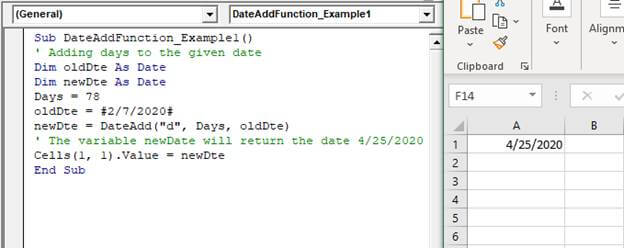

The following example adds 30 minutes to a date value that doesn't specify a timestamp. The default timestamp for a date value is 00:00:00. With our Runnersolution, you can easily integrate your Redshift data (or other Amazon data) into your data pipeline. select dateadd(month,18,'') dateadd - 00:00:00 (1 row) The default column name for a DATEADD function is DATEADD. Learn how Zuarcan help you manage your Redshift data. It is constructed with this syntax: DATEDIFF ( datepart, ) The Amazon Redshift DATEDIFF function returns the difference between the date parts of two date or time expressions. The problem with your second example is that when you cast a.visittime to a date type it truncates it to the start of that day (removes the time component). 6 min read What is the Amazon Redshift DATEDIFF function? The dateadd function does require an integer for the interval.If this string has just time in it you will want to add an interval, not use dateadd().
REDSHIFT DATEADD PLUS
If arrivaltime is date plus time then just cast it to timestamp instead of time.

You didn't show the value in 'arrivaltime' so it is unclear which type you need. The functions themselves are named slightly differently, which is common across SQL dialects. Redshift dateadd() function operates on date or timestamp data types, not time data type. Understood that the format is in Julian format. It's also possible to generate such dates by adding the result of the ROWNUMBER function to some initial date. In addition, we've populated the purchasedate column by subtracting the ID number of months from the saledate, using the DATEADD function. Misalnya, 30 April +1 bulan adalah 30 Mei. I have date like 117106, 117107 in an column which is of numeric type in redshift data base. Redshift may not support month, year in intervals in some contexts. select datediff (qtr,, currentdate) datediff - 40 (1 row) The following example joins the SALES and LISTING tables to calculate how many days after they were listed any tickets were sold for listings 1000 through 1005. DATEADD: Jika ada lebih sedikit hari pada tanggal yang Anda tambahkan daripada di bulan hasil, hasilnya adalah hari yang sesuai dari bulan hasil, bukan hari terakhir bulan itu. Differences in DATEADD syntax across data warehouse platforms Īll of them accept the same rough parameters, in slightly different syntax and order: The default column name for the DATEDIFF function is DATEDIFF. A date column, timestamp column, or an expression that implicitly converts to a date or timestamp. Sounds simple enough, but this function lets you do some pretty useful things like calculating an estimated shipment date based on the ordered date. This allows you to add or subtract a certain period of time from a given start date. The DATEADD function in SQL adds a time/date interval to a date and then returns the date.
REDSHIFT DATEADD HOW TO
This article will go over how the DATEADD function works, the nuances of using it across the major cloud warehouses, and how to standardize the syntax variances using dbt macro. select dateadd (month,1,'') dateadd - 00:00:00 (1 row) The DATEADD function. For example, April 30 + 1 month is May 30. In switching between SQL dialects (BigQuery, Postgres and Snowflake are my primaries), I can literally never remember the argument order (or exact function name) of dateadd. DATEADD: If there are fewer days in the date you are adding to than in the result month, the result is the corresponding day of the result month, not the last day of that month. I’ve googled the syntax of the dateadd SQL function all of those times except one, when I decided to hit the "are you feeling lucky" button and go for it. select datediff (qtr, '', currentdate) datediff - 40 (1 row) The following example joins the SALES and LISTING tables to calculate how many days after they were listed any tickets were sold for listings 1000 through 1005.

In other words, we can say the dateadd () function is used to return the. The default column name for the DATEDIFF function is DATEDIFF. Basically, the dateadd () function is used to return the new date-time values by adding the required date and timestamp, or we can say the specified date and timestamp as per user requirement. Function 'timestamptz(text)' not supported. Function 'timestamptz(timestamp with time zone,integer)' not supported. Warnings: Function ''timestamp'(timestamp with time zone)' not supported. I’ve used the dateadd SQL function thousands of times. For example, the dateadd () is one of the functions provided by Redshift. ERROR: Specified types or functions (one per INFO message) not supported on Redshift tables.


 0 kommentar(er)
0 kommentar(er)
